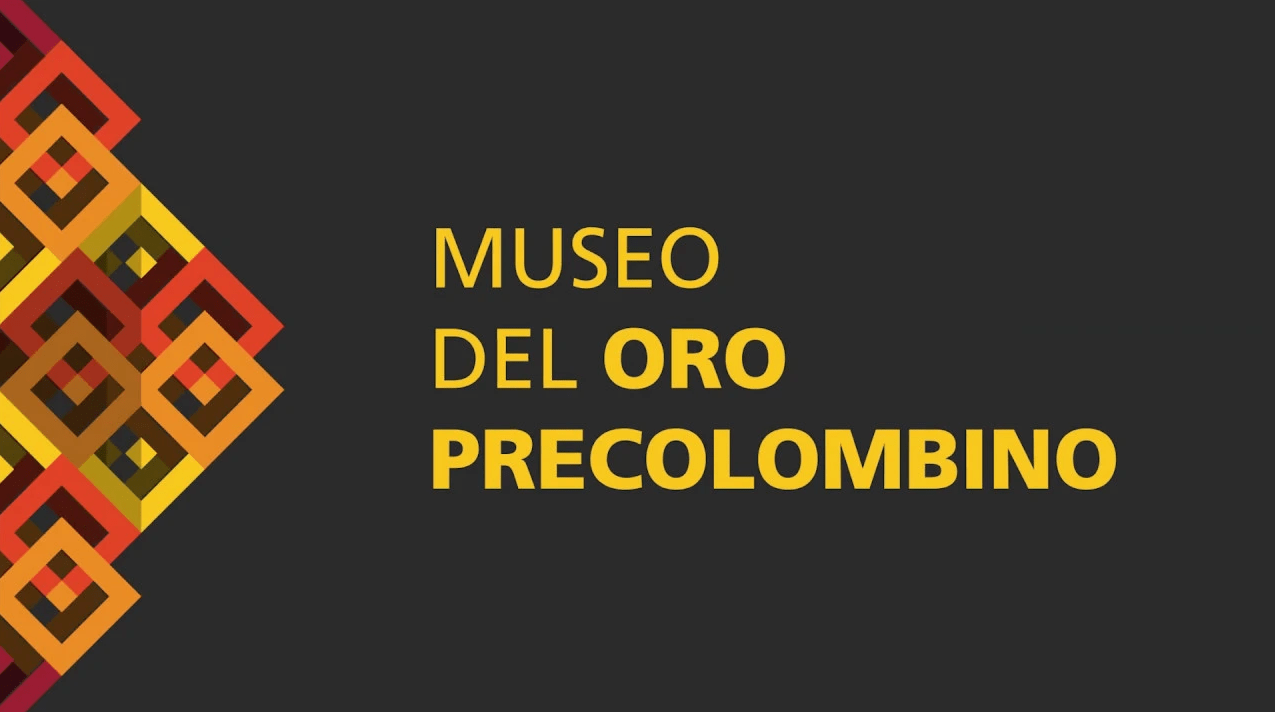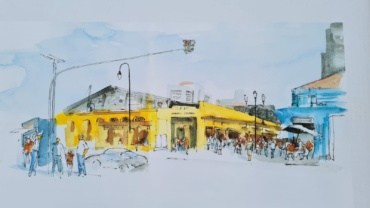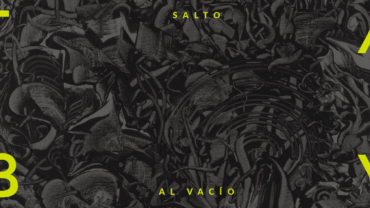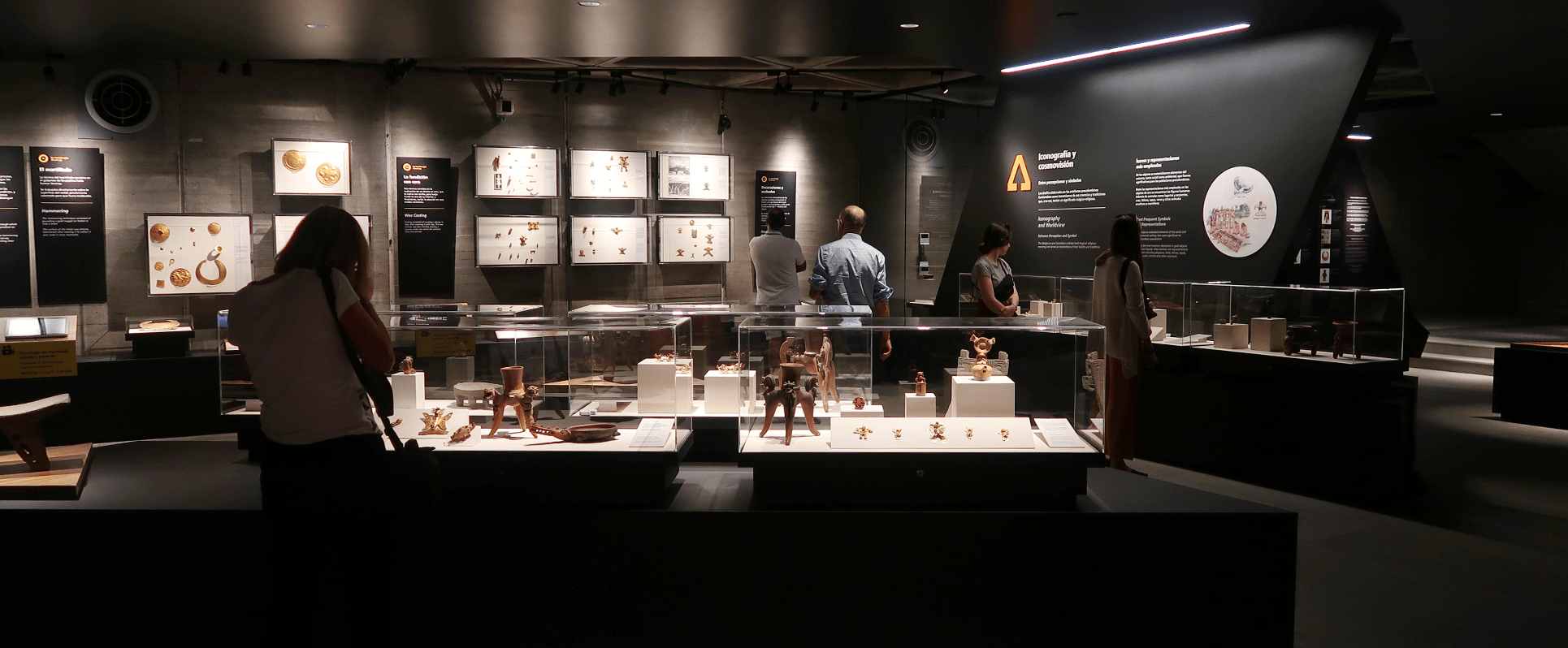
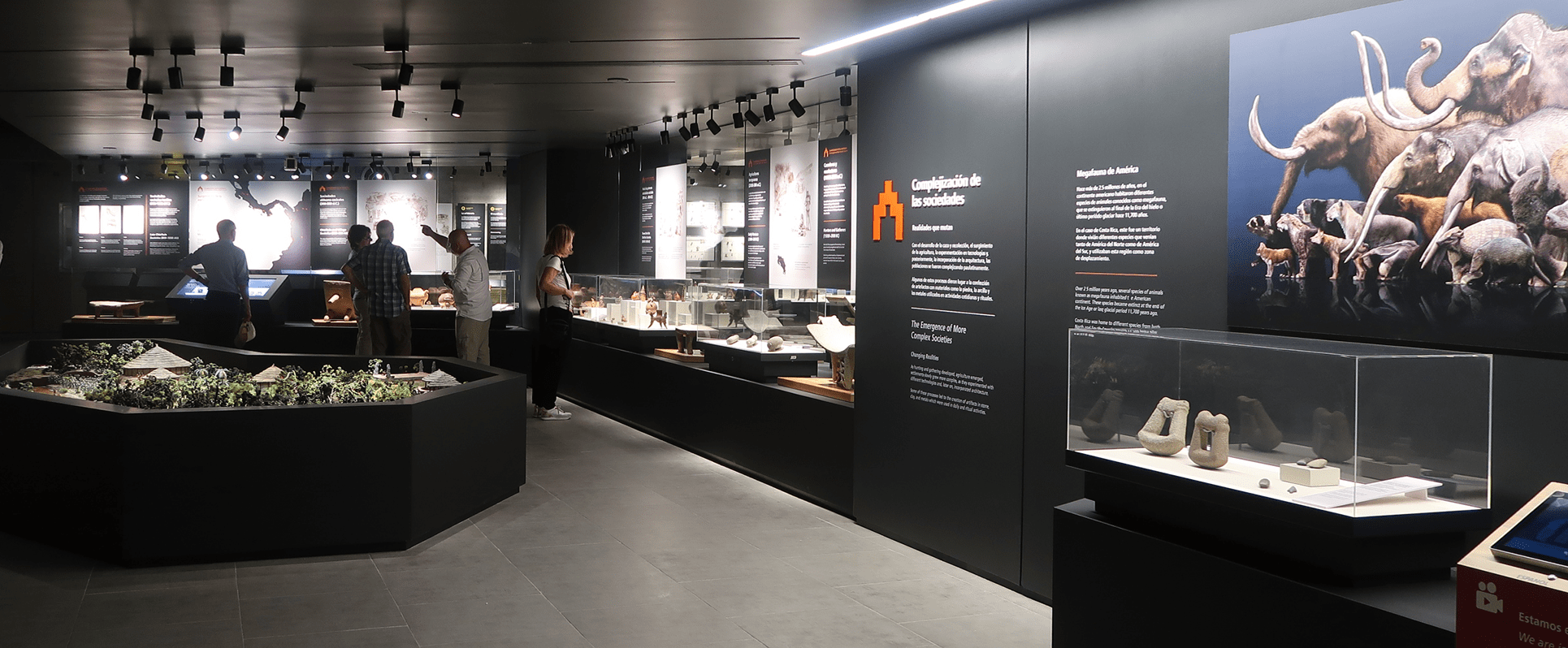
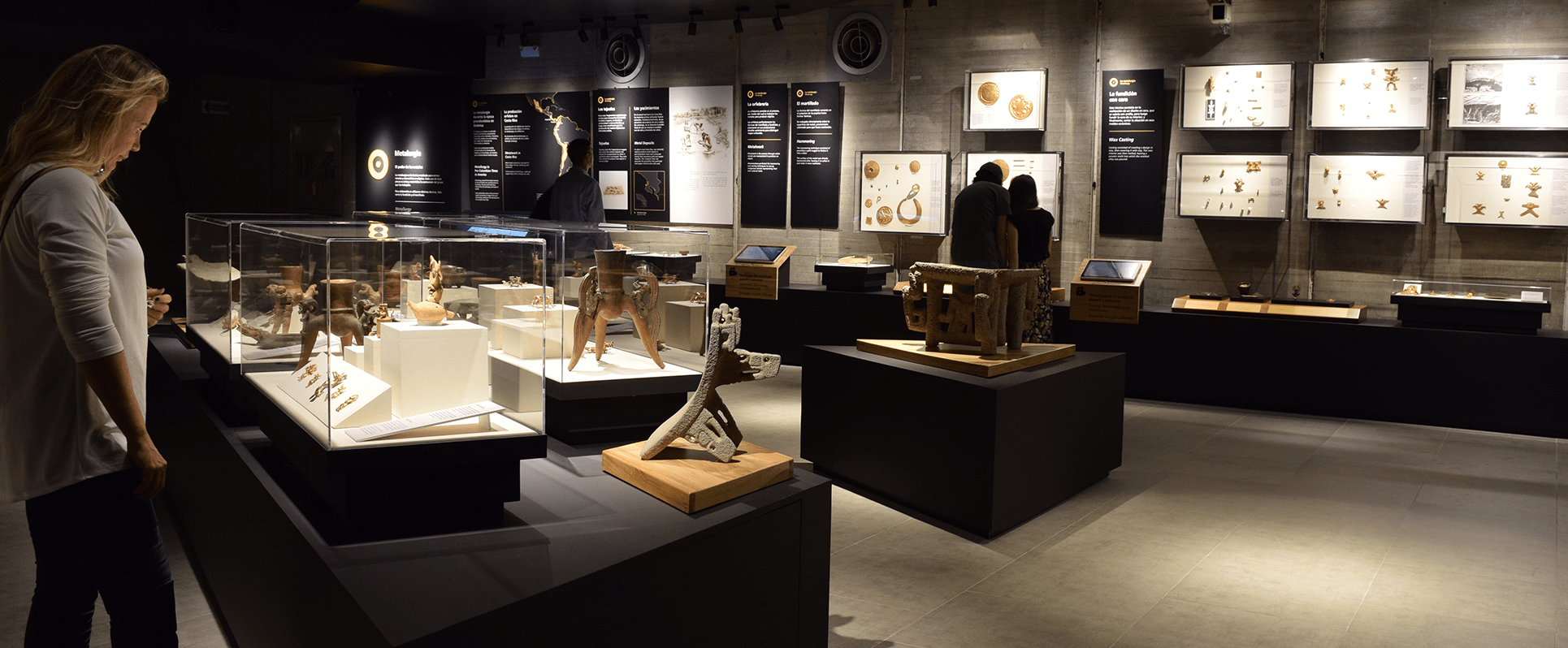
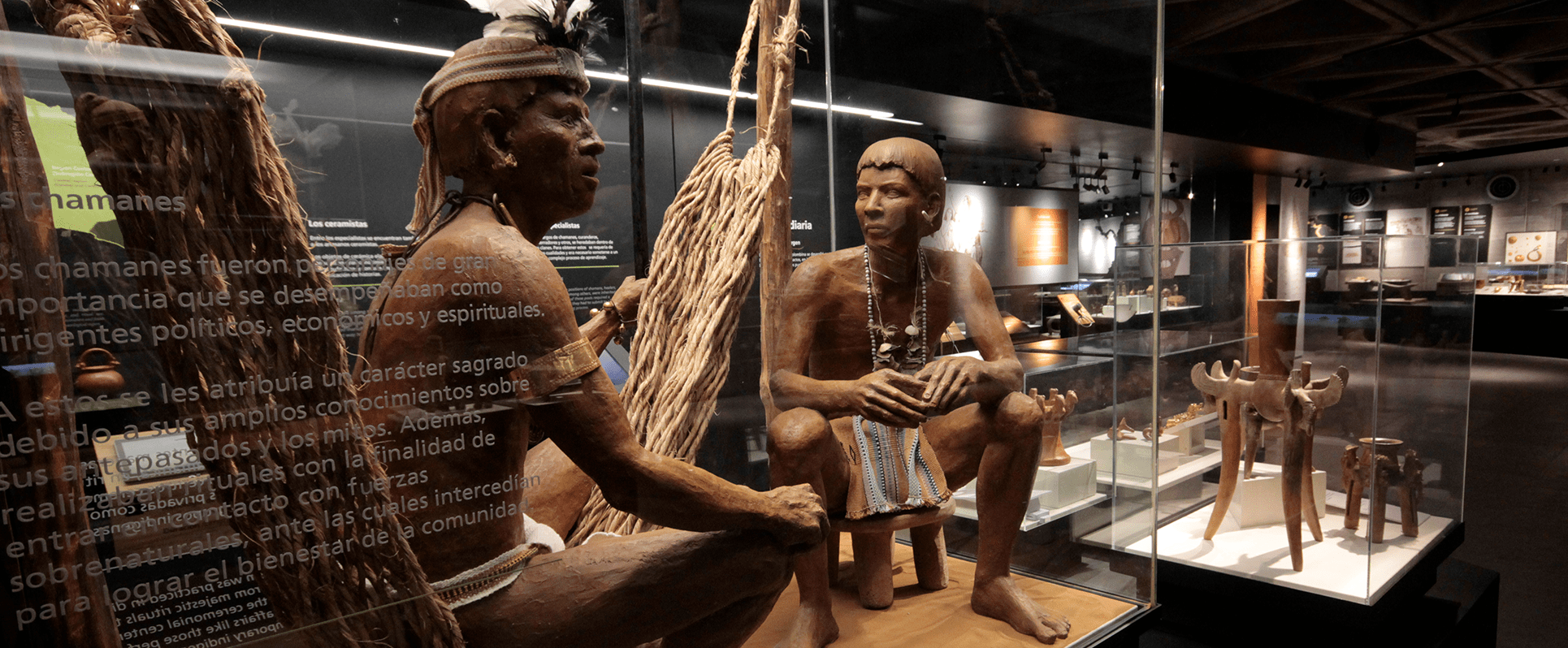
Review
Discover and build new connections between the pre-Columbian past and its transcendence in the present by visiting the Pre-Columbian Gold Museum. The tour invites us to ask ourselves everything from how the first settlers arrived in the territory that is today Costa Rica to what is the reality that descendent Indigenous peoples live.
Throughout nine thematic units, we propose a journey between the past and the present to reflect on issues such as migration, mining and metallurgic production; the ancestral and current worldview of indigenous people, and their human relationship with nature; their vision of gender, and the historic impact of the colony and conquest.
About 688 pre-Columbian gold pieces are shown, and to highlight the richness of the archaeological collection, more pieces of ceramic and stone from the various regions and periods of the country are also included. The techniques associated with their elaboration acquire greater prominence in correlation with the development of metallurgy and goldsmithing.
In order to make the cultural diversity of the current eight indigenous peoples visible, we play, in a small audiovisual room, a documentary consisting of indigenous testimonies about several topics: their vision of territoriality, language, customs, traditions, their worldview, family organization, daily life, education, productive and economic development..
Join us on this ancestral journey to discover different meanings on who we are.
Short Tour
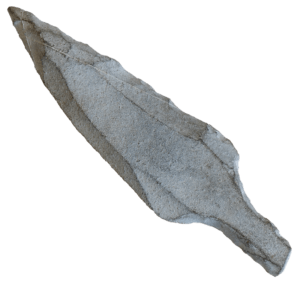
The first part of the exhibit will take you from the period of the first settlers of America up until the slow occupation of the territory currently known as Costa Rica. These processes of migration and adaptation to the different natural resources allowed for the sociocultural development of the populations, setting the stage for an increase in social complexity and the invention of new technologies.
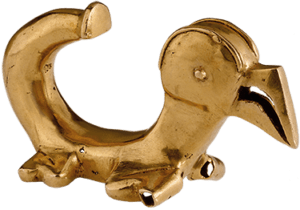
Once the territory known today as Costa Rica became populated, the processes of increased social, political, and cultural complexity among the pre-Columbian settlers began. The development of hunting and gathering, the emergence of agriculture, the experimentation in technologies and, later, of architecture, among other traits and activities, were essential.
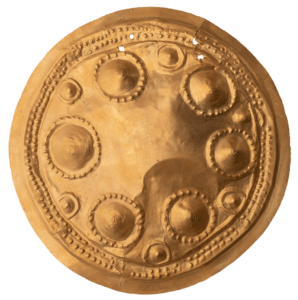
En este punto del recorrido nos acercaremos al conocimiento de la metalurgia y orfebrería en la época precolombina. Observaremos cómo los artesanos indígenas trabajaron los metales a través de diferentes técnicas para convertirlos en objetos únicos que materializaron la cosmovisión de su grupo.
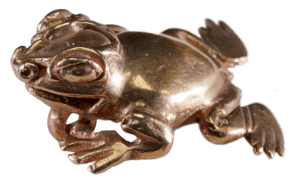
In this thematic unit, you will explore the symbolism in pre-Columbian artifacts, according to archaeological research, documental sources, and the oral tradition of current indigenous peoples. The elaborate designs worked as carriers of their beliefs and traditions which, in turn, held magical-religious meaning.
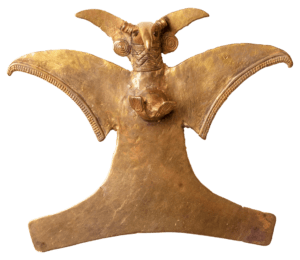
Here we learn about everyday pre-Columbian life and how it evolved around the production of artifacts with designs that represented the worldview of these peoples. We will see how the specialists were relevant players, not only for their ability to make the objects, but for the symbolism and meaning they placed in each piece they created.
Shortly before the end of the visit, the Museum invites
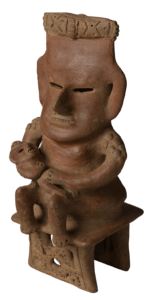
you to reflect on the importance of gender equality, and it helps you to connect with the role of women in pre-Columbian societies. According to documental sources from the 16th Century, these women were leaders, healers, and warriors. From pre-Hispanic times, both men and women carried out important roles in everyday life and rituals.
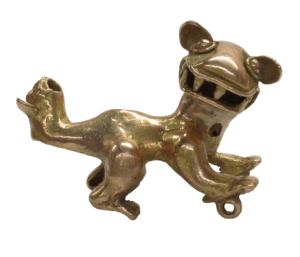
The pre-Columbian pieces also showcase the millenary bond between human beings and nature. We will notice in these objects how people’s survival and their worldview in pre-Columbian times found inspiration in the surrounding flora and fauna. In their environment, they found not only raw materials and food, but also guidelines for their social relationships carried through in myth and rituals.
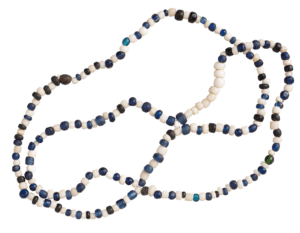
Let’s continue further along in time to the moment of contact and the encounter of cultures between Europeans and indigenous populations, which brought about important changes in indigenous customs. This can be seen in the manufacturing and symbolism of objects, as they almost completely abandoned magical-religious iconographic representations that materialized their beliefs.
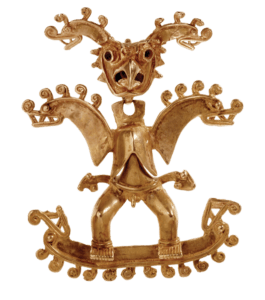
Here you will find a series of artifacts that show the great technological knowledge and worldview that distinguished pre-Columbian indigenous identity. These are part of the Central Bank’s archaeology collection, made up of a total of 2567 objects of different materials, such as: metals, ceramics and stone. Take advantage of the placement of the glass cabinets to observe them from every angle and reflect on the different themes touched upon throughout the museum.
Multimedia
